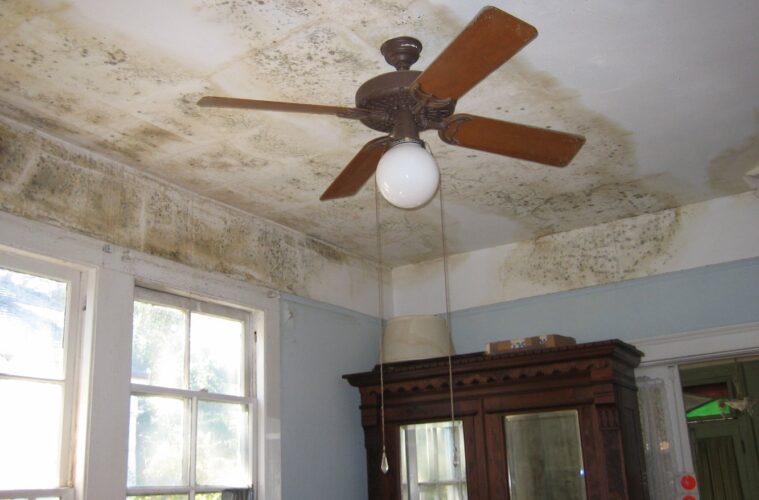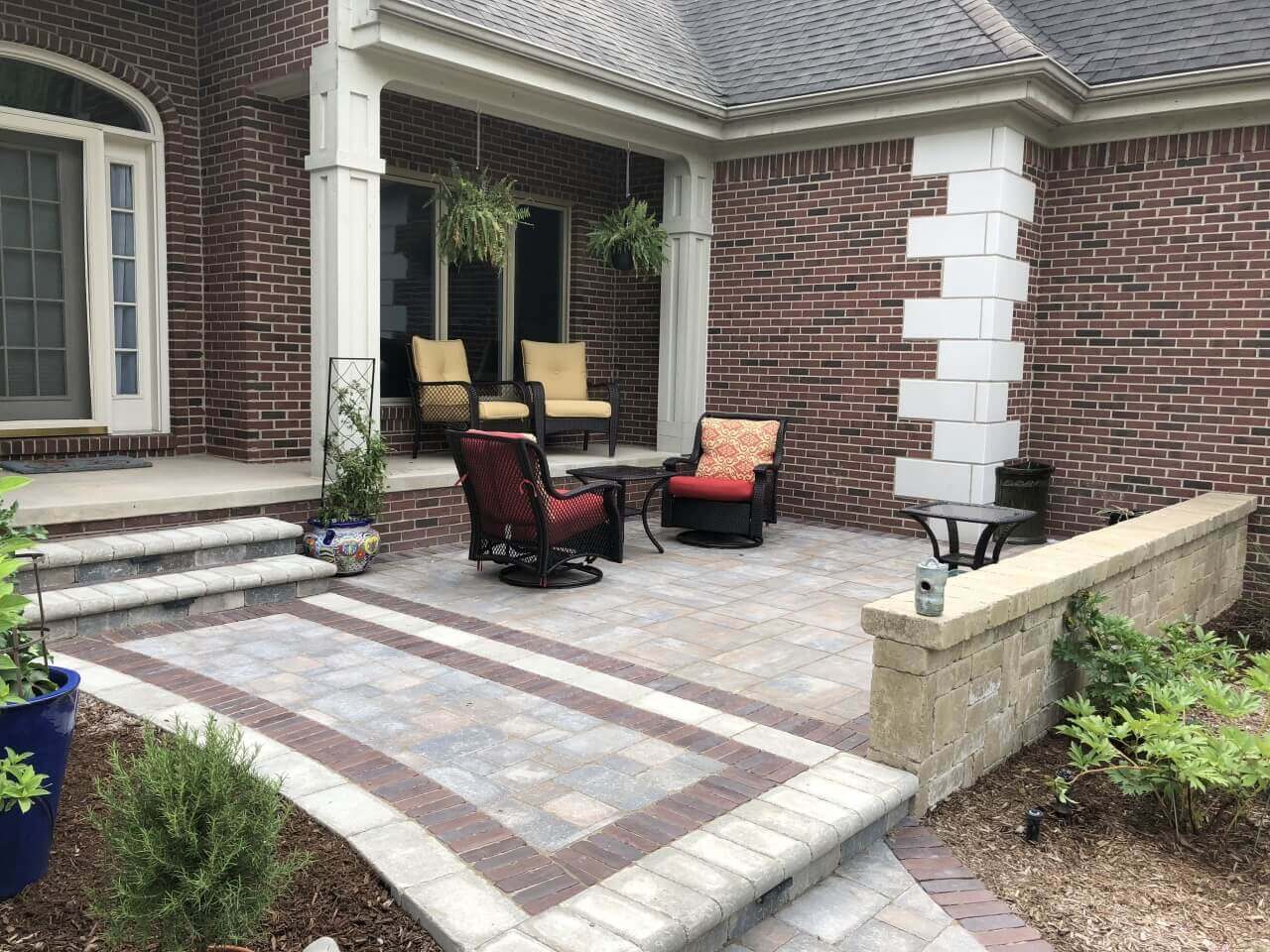Mold is a type of fungus that thrives in moist and damp areas of your house. Keeping your house mold-free should be one of the top priorities when it comes to the health of you and your family.
It can be easily identifiable, it generally has a rather off-putting green color, and it comes in all shades of green, black, and grey. Many times, it so happens that mold cannot be identified because it is behind a cabinet that has never been moved or a corner of a room that is rarely used.
But, visual input is not the only way a mold announces its presence in someone’s house. It harms health and can be a cause of discomforts such as a lingering cold or symptoms resembling the flu. People generally disregard these symptoms thinking of them as trivial or assuming that it “will be fine after a few days”.
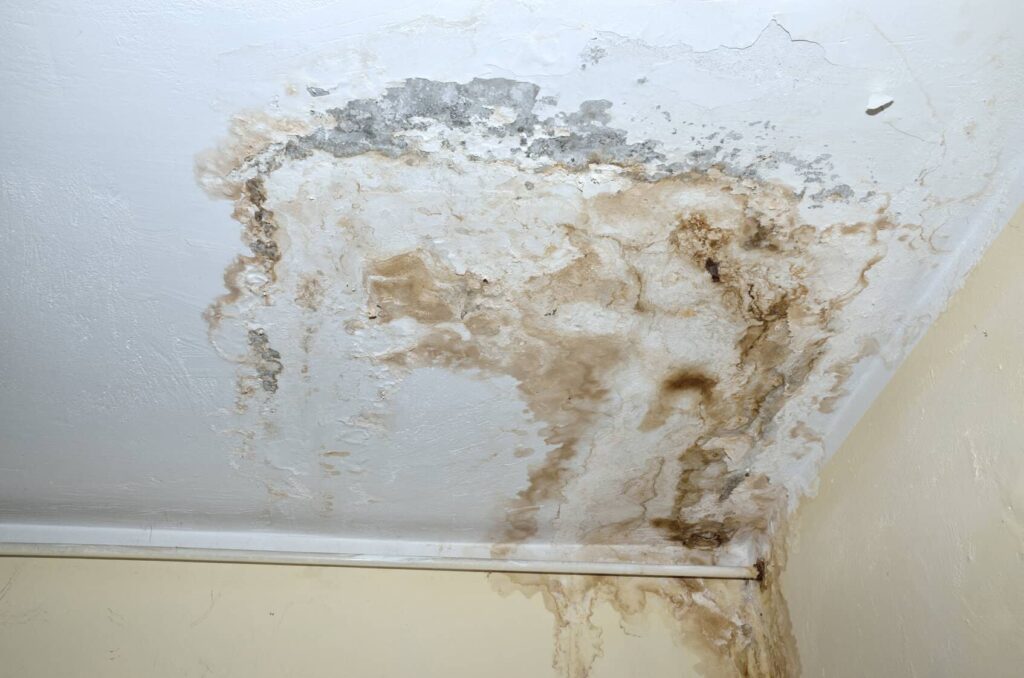
source: smfireandwaterrestoration.com
However, every time you have these symptoms doesn’t mean there is mold in your house, rather if the symptoms don’t seem to go away or you can’t pinpoint a reason for your discomfort, there is a good chance that you are dealing with a case of mold infestation. Also, a mold-infested house can have a peculiar musty smell to it.
Not only is it bad for your family’s health, but it also degrades the structure of the house by weakening the floor, walls, and ceiling. Not all molds have pathogenic abilities nevertheless, all of them do weaken the structure of your house. Hence, they should always be taken seriously and dealt with immediately.
There are two ways to go about mold removal. One is to try to clean it yourself if it is not spread too widely. The second way is to seek professional help. Determine the choice you want to go for by analyzing the extent of the infestation.
You can clean a small concentrated patch of mold by yourself using protective tools. If the amount of spread is unknown, then it is better to let a professional deal with that.
Treating mold yourself
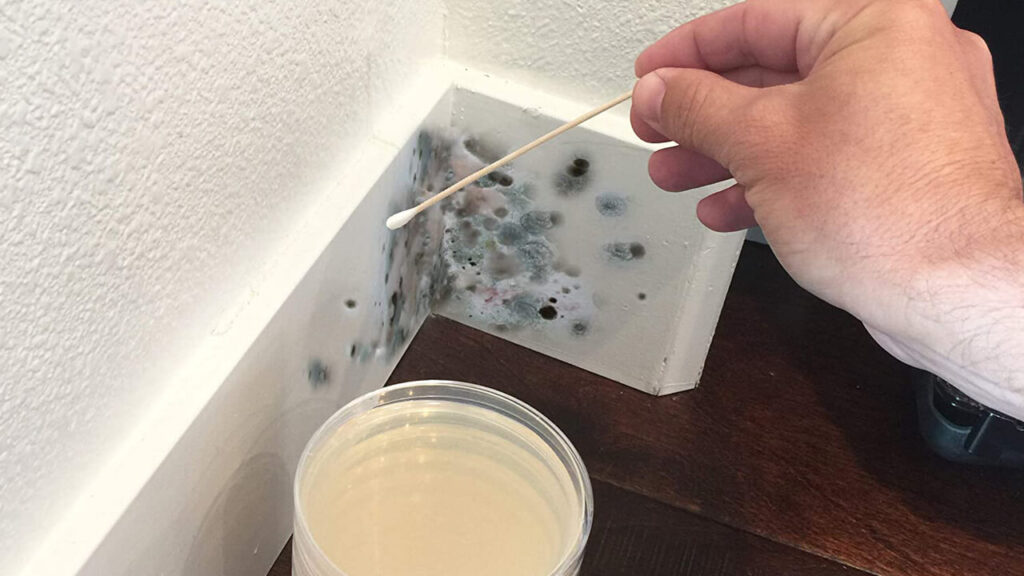
source: toptenreviews.com
There are certain precautions you have to take before attempting to treat mold by yourself at home.
Limit the exposure to the mold, be it your skin, eyes, or through breathing.
Wear protective gear, a mask (preferably an N-95 type); wear long rubber gloves that extend up to your elbow.
Wear goggles that do not have ventilation holes in them.
Dehumidify the room and make sure there is enough ventilation; doing so will make it less prone for mold to transfer from that spot to another.
To remove the mold, there are many chemically formulated mold cleaner spray solutions available in your local store. You can use them to scrub off mold from hard surfaces and then drying them with a piece of cloth.
Sometimes, it is not possible to clean out mold from some surfaces because they are very porous. In those cases, the only way to get rid of them is to replace them.
Make sure to practice caution while dealing with strong detergents, or while diluting bleach as a replacement for the mold cleaner.
Clean your clothes properly after treating mold. They should be washed immediately in a separate laundry load with hot water. The rags used during the treatment have to be disposed of in sealed garbage bags.
Preparing your home before professionals come to treat mold
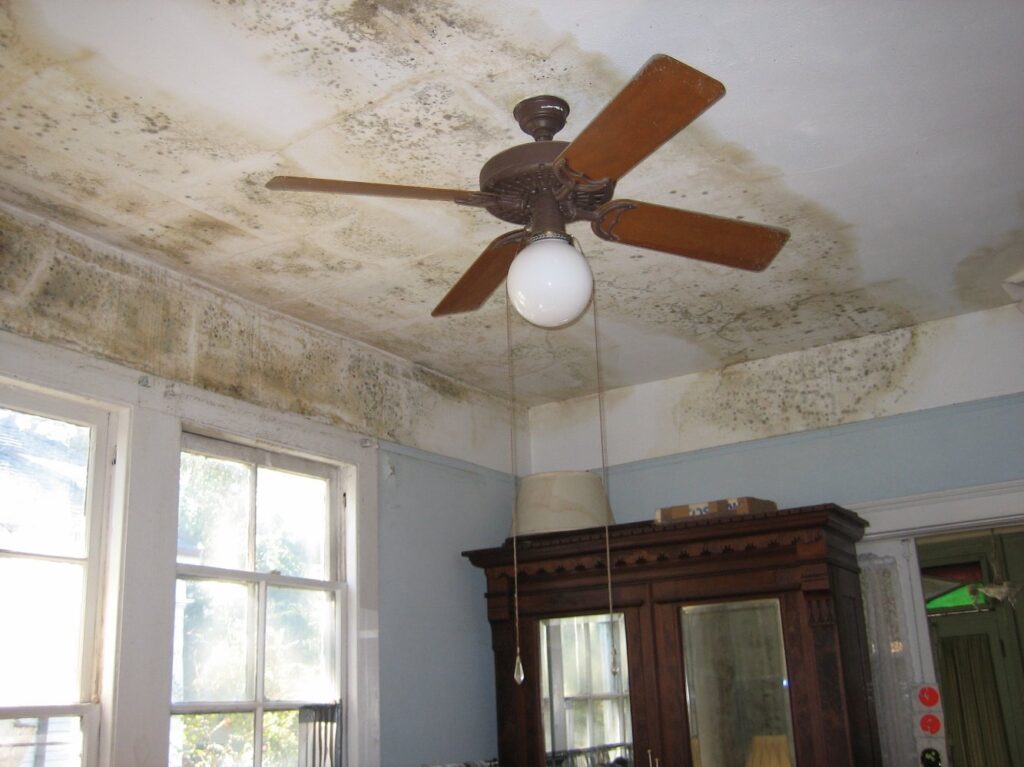
source: jenkinsenvironmentalservices.com
There are certain steps you can take before the professionals arrive at your house to treat mold. Some of these steps are essential and only you can do them. Larger patches of mold should only be treated by professionals as it contains serious health hazards for both you and your family.
Eliminating sources of moisture and dehumidifying of the room or the entire home based on the extent of spread.
Get an air quality sampling report on your home, this report reveals the type of mold that is infesting and can be a key factor in the type of treatment the company will undertake.
Do not move items in your house, as it may lead to the spreading of mold to more places.
Consider relocating you and your family during the treatment process, as the extent of spread during removal is not properly known yet. Therefore, being in an area with a high density of spores in the air can potentially be a health risk.
Almost all the homes have some variety of mold in them. If you find it, get it treated as soon as possible to avoid health risks and structural integrity of your home.

